In April 2025, cargo drones soared above Everest Base Camp, assisting the Sherpa Icefall Doctors in navigating the perilous Khumbu Icefall. This marks a pivotal shift in high-altitude mountaineering, where advanced Drone Technology is reducing risks and tackling environmental challenges. Raj Bikram Maharjan, CEO of Nepal-based Airlift Technology, shared exclusive insights with ExplorersWeb, detailing how these unmanned aerial vehicles (UAVs) are reshaping expeditions on the world’s highest peak.
Revolutionizing the Khumbu Icefall
The Khumbu Icefall, a chaotic labyrinth of shifting ice between Everest Base Camp (17,598 feet) and Camp 1 (19,685 feet), has claimed nearly 50 lives since 1953. This season, Airlift Technology’s DJI FlyCart 30 drones supported the Icefall Doctors—Sherpas tasked with forging a safe route through towering seracs and crevasses. Unlike traditional methods, where Sherpas haul heavy loads across treacherous terrain, drones now deliver critical supplies like oxygen cylinders, ropes, and ladders.
“These can lift 30kg (66 pounds), supplying anything the Icefall Doctors need to fix the Khumbu Icefall,” Maharjan explained. “This way, Sherpas can climb without loads on their backs and focus on finding the best route to Camp 2.”
A single drone trip, completed in about 12 minutes, replaces a grueling six-to-eight-hour trek, drastically cutting exposure to avalanche risks and collapsing ice.
The drones, equipped with altitude-optimized propellers, reliably operate up to 19,685 feet. Maharjan noted they’re holding off on flights to Camp 2 (21,000 feet) until climbers descend, prioritizing safety amid unpredictable conditions. Tests conducted in spring 2024, in collaboration with Khumbu Pasang Lhamu Rural Municipality, confirmed the drones’ ability to ferry 234 kg (515 pounds) per hour—a task requiring 14 porters over six hours.

Cleaning Everest’s Slopes
Beyond logistics, drones are addressing Everest’s notorious waste problem. The Sagarmatha Pollution Control Committee (SPCC) reported collecting 85 tonnes (93.7 tons) of garbage—oxygen bottles, food packaging, human waste—in spring 2024 alone. Drones now assist cleanup efforts, transporting trash from Camp 1 to Base Camp for disposal.
The SPCC hooks garbage bags to drone cables, streamlining a process that once endangered Sherpas. “Drones will fly up and down to Camp 1, delivering trash to Base Camp,” Maharjan said. This reduces foot traffic through the Icefall, where Sherpas historically crossed up to 30 times per season. With climbers mandated to return 8 kg (17.6 pounds) of waste or forfeit a $4,000 deposit, drones ensure compliance while protecting lives.
Drones vs. Helicopters: A Cost-Effective Shift
Helicopters, long used for emergencies between Kathmandu and Base Camp, are costly and environmentally taxing. Restricted to rescue missions above Camp 2 due to safety and noise concerns, they pale in efficiency compared to drones.
“Compared to helicopters, drones are incredibly cost-efficient and fuel-efficient,” Maharjan asserted. “They are less noisy.”
A DJI FlyCart 30, retailing around $20,000, requires minimal fuel for battery charging versus a helicopter’s high-altitude fuel demands. While drones carry smaller loads—up to 33 pounds per trip versus a helicopter’s ton-capacity—they offset this with frequent, low-cost flights. Maharjan’s team currently relies on diesel generators at Base Camp but is exploring sustainable alternatives. “We are looking at solar, mini hydro generators, and large battery packs,” he said, aiming to eliminate fossil fuel dependency.
Safety and Ethical Considerations
The drones’ potential extends to somber tasks like body retrieval. Over 300 climbers’ remains lie on Everest, often unrecoverable due to extreme conditions.
“We are planning on bringing dead bodies down if families request it,” Maharjan revealed to ExplorersWeb.
This capability could bring closure to families while sparing Sherpas dangerous recovery missions.
Recent tragedies underscore the urgency of such technology. On Annapurna this season, Sherpas Gnima Tashi and Rima Sherpa perished in an avalanche while carrying oxygen between Camps 2 and 3.
“If drones had been used, those lives would have been spared,” Maharjan argued, noting the area was within the FlyCart 30’s 19,685-foot reach.
Skeptics question whether drones threaten Sherpa livelihoods. Maharjan counters that local reception has been positive. “We expected protests, but Sherpas were happy,” he recalled. “They want to focus on guiding clients, not carrying loads through the Icefall.” Training Sherpas as drone operators could further integrate locals into this technological shift, preserving jobs while enhancing safety.
Regulatory and Technical Challenges
Nepal’s Civil Aviation Authority tightly regulates drone use, banning unauthorized flights in the Everest corridor due to helicopter traffic. Airlift Technology secured permits for their operations, coordinating with Lukla Airport to avoid interference.
“We ensure a clear line of sight for flights, away from climbing routes,” Maharjan said, addressing safety concerns.
Technically, the DJI FlyCart 30 faces Everest’s harsh realities: winds up to 134 mph, temperatures from 5°F to 41°F, and low air density. Rigorous testing—unloaded hovers, wind resistance, low-temperature trials—proved its resilience. However, signal obstructions remain a hurdle. In 2024 tests, operators adjusted takeoff points to maintain connectivity, using self-detaching ropes for deliveries when signals faltered.
Industry Implications
The Everest trials signal a broader trend in high-altitude drone applications. DJI’s FlyCart 30, launched globally in January 2024, has supported solar installations in Mexico and rescues in Norway. In Nepal, plans to deploy drones on Ama Dablam (22,349 feet) this autumn suggest scalability across the Himalayas. Yet, costs—$70,000 per drone after taxes and accessories—pose barriers. Local assembly could halve expenses, making adoption viable for expedition operators.
Globally, drone logistics are gaining traction. Companies like Wingcopter and Zipline have revolutionized medical deliveries in remote areas. Everest’s success could inspire similar innovations in K2 or Denali, where hazardous terrain demands safer solutions. However, regulatory harmonization and community buy-in remain critical to scaling these efforts.
DroneXL’s Take
Airlift Technology’s Everest operations showcase drones’ transformative potential, balancing safety, efficiency, and environmental stewardship. The DJI FlyCart 30’s ability to navigate the Khumbu Icefall with precision underscores UAVs’ edge over manned aircraft in extreme settings. Yet, we remain cautiously optimistic. High costs and regulatory complexities could slow widespread adoption, and overreliance on drones risks sidelining Sherpas’ expertise. Training locals as operators is a promising step, but expedition operators must prioritize cultural sensitivity alongside tech. For drone professionals, Everest proves UAVs can conquer the toughest environments—expect more rugged, high-altitude models to emerge.
Photos courtesy of Airlift Technology Nepal.
Discover more from DroneXL.co
Subscribe to get the latest posts sent to your email.
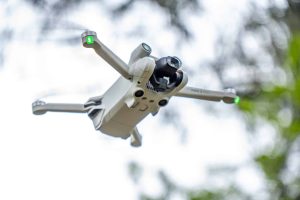


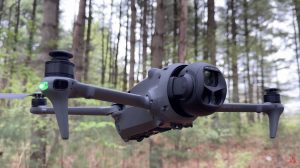



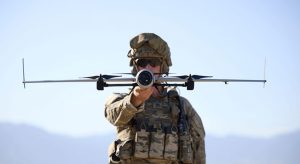
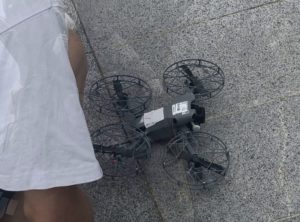
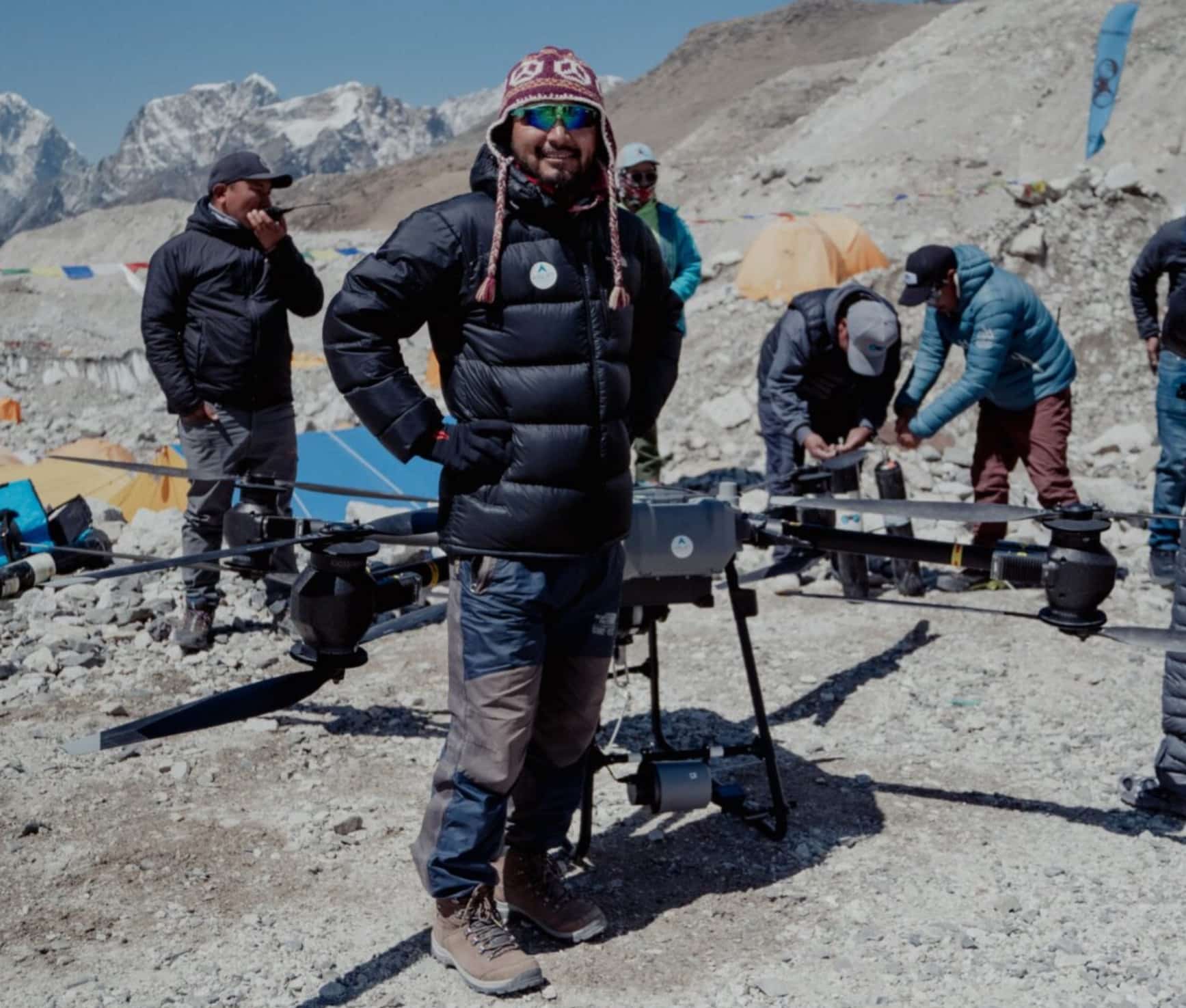
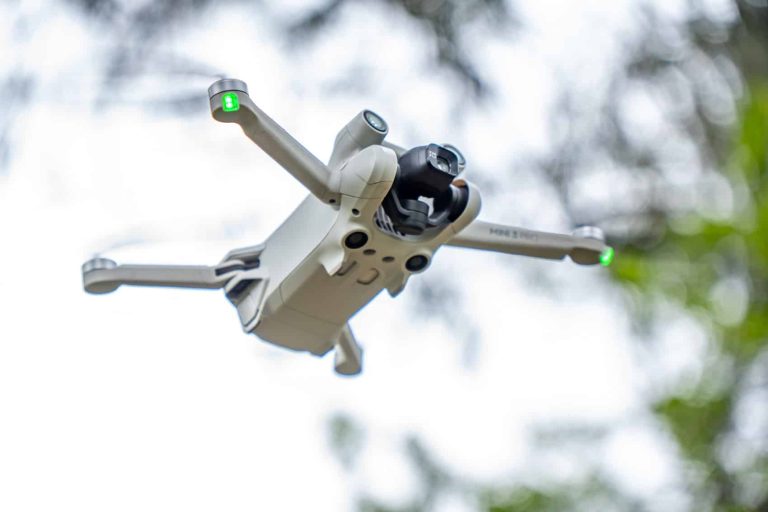
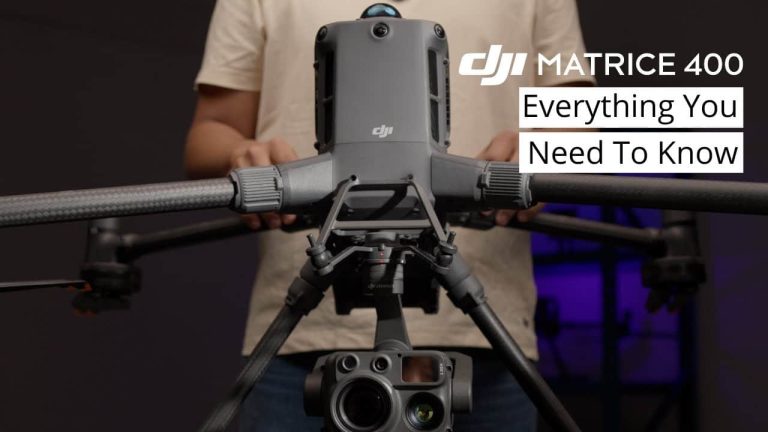


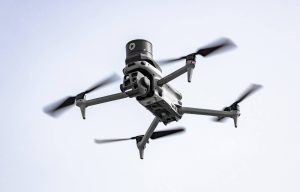
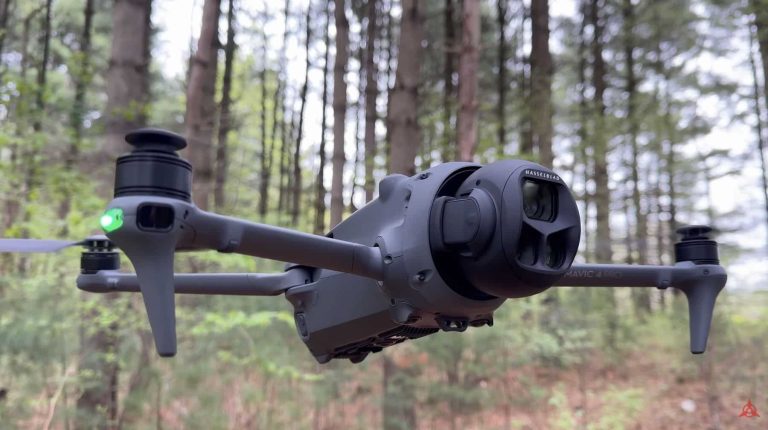
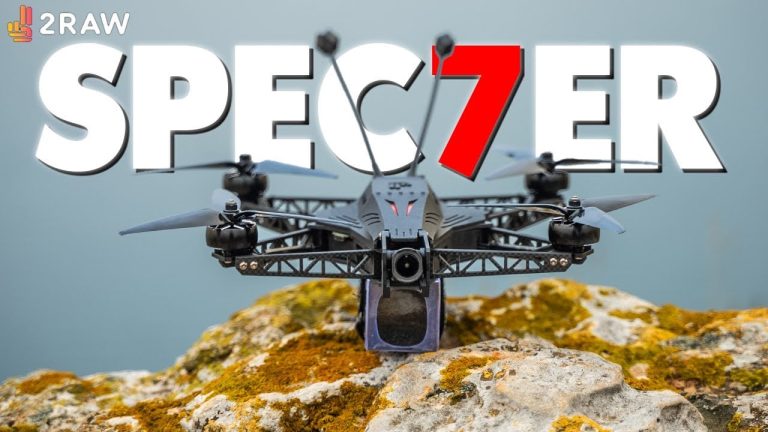

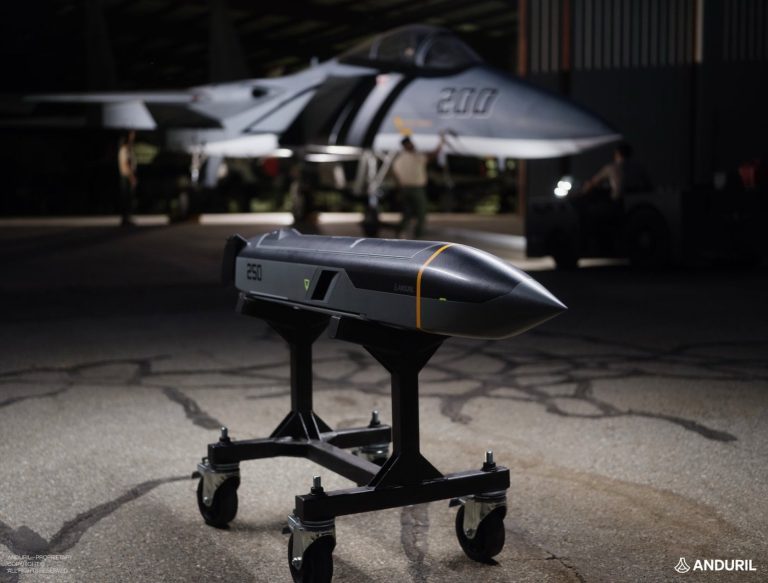
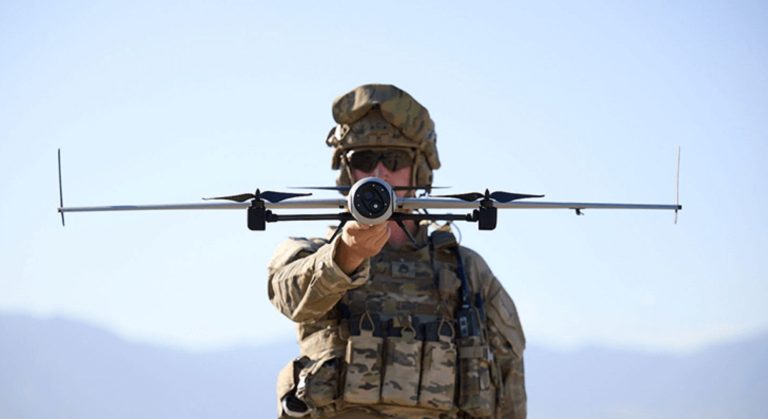
+ There are no comments
Add yours